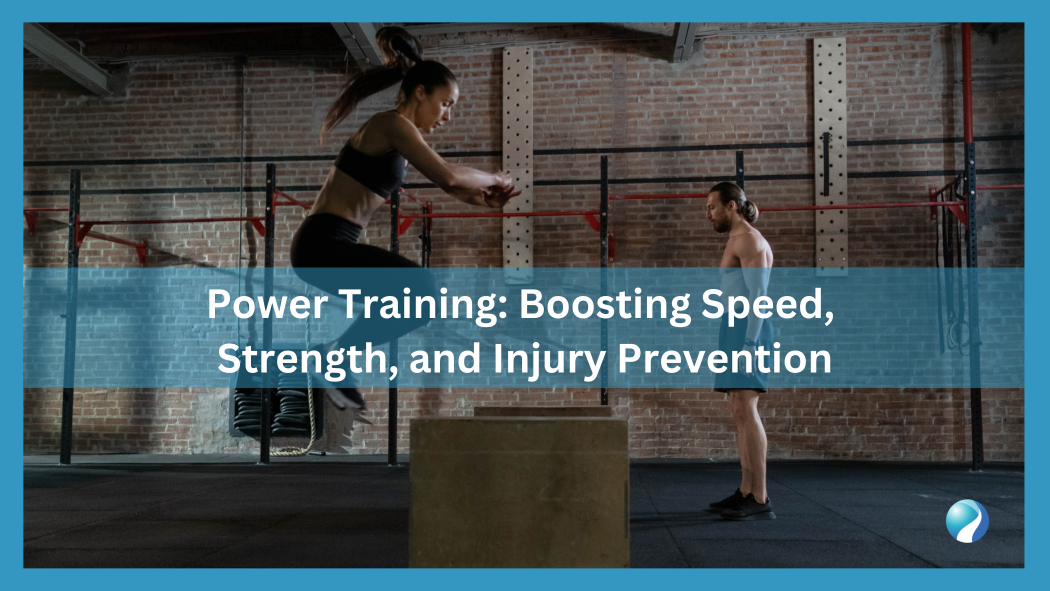Once strength is established, the next step is plyometric exercises. Plyometrics focus on short, high-intensity bursts that train your body to move with speed and force. They use a “triple extension” pattern, engaging the hips, knees, and ankles simultaneously — the same mechanics used when running, jumping, or climbing stairs.
Examples of Safe Plyometrics:
1. Pogo Hops
Stand with feet hip-width apart, hands on your hips.
Make small, quick jumps like you’re on a pogo stick, landing on the balls of your feet.
Aim for 5–10 seconds, rest, and repeat. Over time, progress to higher hops or longer sets.
2. Medicine Ball Slams
Start with a light ball (4–8 lbs).
Lift it overhead and slam it to the ground with power, using your hips and legs to drive the movement.
Pick it up, reset, and repeat 5–10 times for 2–3 sets.
3. Medicine Ball Side Throws
Stand sideways near a wall with a ball at your hip.
Rotate your hips and core, then throw explosively into the wall.
Catch, reset, and repeat. Switch sides after a set.
These movements build coordination, engage multiple muscle groups, and develop quick power output that transfers into daily life.
